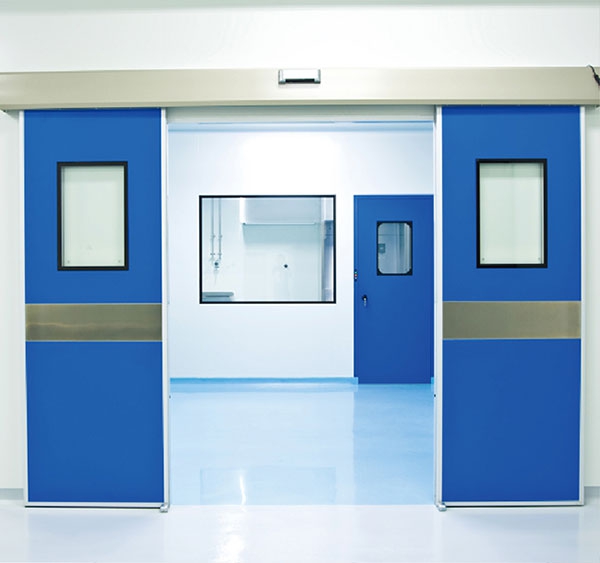Selecting the appropriate thickness of Rock Wool Sandwich Panels for a specific project involves considering several factors to ensure effective thermal insulation and overall performance.
Insulation Requirements: Determine the desired level of thermal insulation needed for the project. This may depend on the climate, building regulations, and energy efficiency goals.
Climate Conditions: Consider the local climate, including temperature variations and seasonal changes. In colder climates, thicker panels may be required to enhance insulation, while in milder climates, a lower thickness might be sufficient.
Building Design and Use: The design and purpose of the building influence insulation needs. High-rise buildings, industrial facilities, and residential structures may have different insulation requirements based on their usage and specific design considerations.


Energy Efficiency Goals: If the project aims for high energy efficiency or sustainability, thicker panels with better insulation properties may be chosen to reduce heating and cooling energy consumption.
Regulatory Standards: Comply with local building codes and standards that specify insulation requirements. Ensure that the selected thickness meets or exceeds the recommended standards for the specific type of construction.
Cost Considerations: Evaluate the budget constraints of the project. Thicker panels generally provide better insulation but may come at a higher cost. Balance the desired insulation performance with the available budget.
Space Constraints: Consider any limitations in available space for insulation. Thicker panels may require more space, and in situations where space is limited, alternative solutions or modifications to the building design may be necessary.
Long-Term Performance: Assess the expected lifespan of the Rock Wool Sandwich Panels and choose a thickness that aligns with the project's durability and maintenance requirements.




 中文简体
中文简体 English
English











 online service
online service 86-400-000-5136
86-400-000-5136
 400-000-5136
400-000-5136



